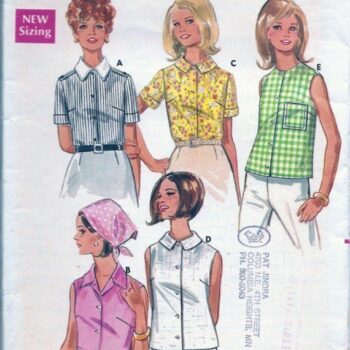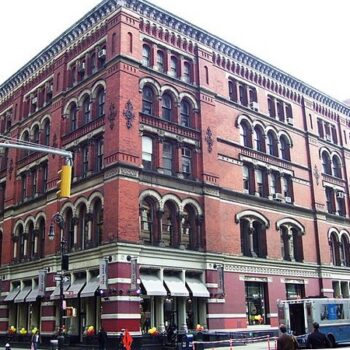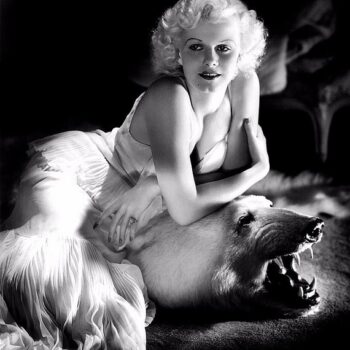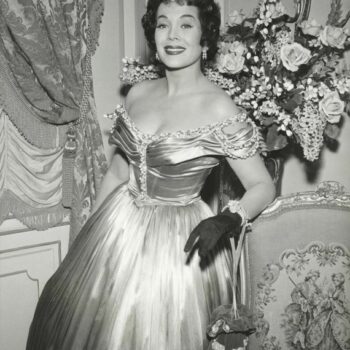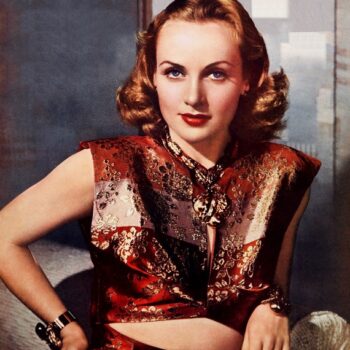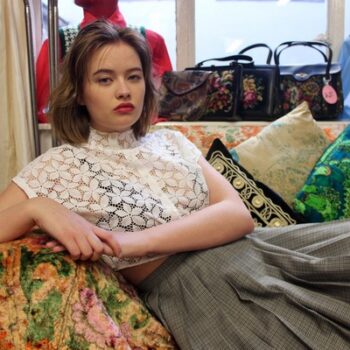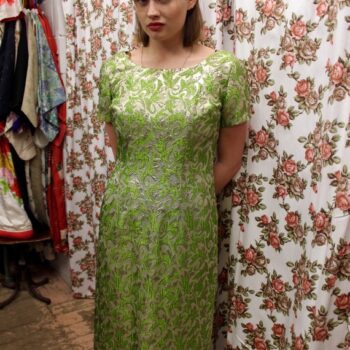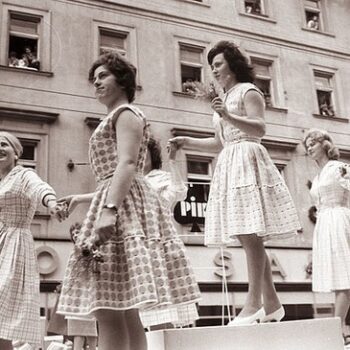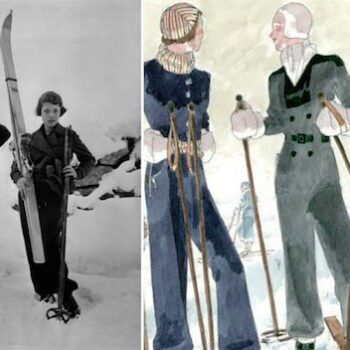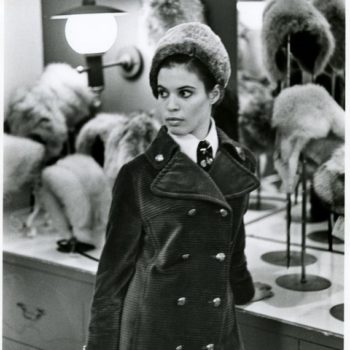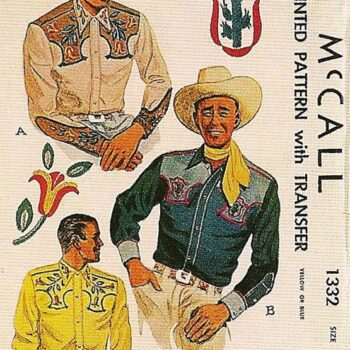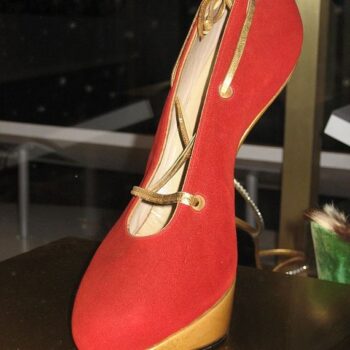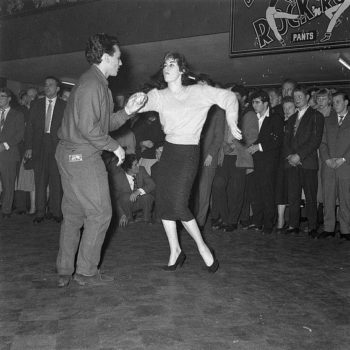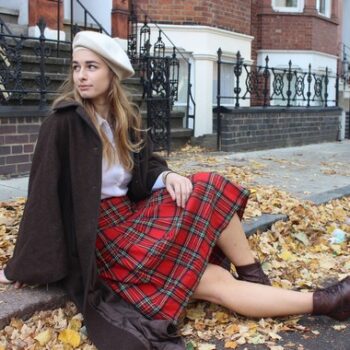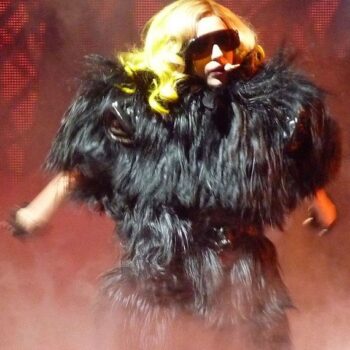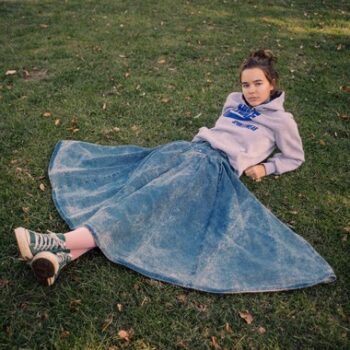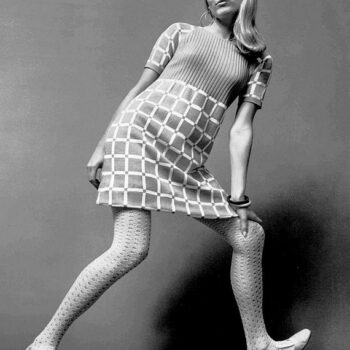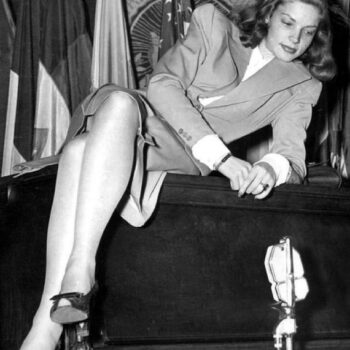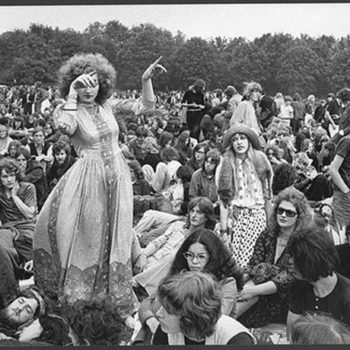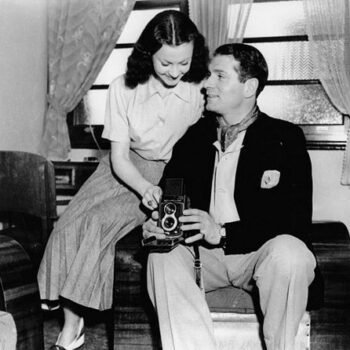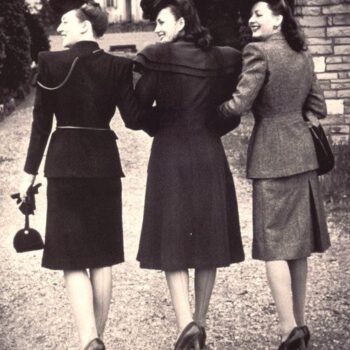Amazing 1960s Film Fashion
June 13, 2017The 1960s were full of a spirit of fun and freedom. Teenagers and young people didn’t want to gaze longingly at models on Parisian catwalks, their parents or Hollywood stars, wishing they could be just like them – they wanted their own style. If they couldn’t afford a movie star wardrobe or one that came straight from Haute Couture, they didn’t want a pale imitation. And they definitely didn’t want to be a version of their mothers and fathers – all that corsetry and correct accessories and etiquette in clothing to deal with. They cut loose and wore second-hand clothing, combining it in their own ways, and embraced the European chic of French and Italian 1960s film fashion .
“As we moved into the 1960s, the female stars didn’t really care what they wore on the set or off. If two stars turned up at a party wearing the same dress, neither of them cared. Nobody cared. It was as if individualism had been thrown out of the window in favour of realism. Shirley Maclaine was one of the first stars who truly exercised that kind of freedom of expression. I wasn’t used to that in the 1960s; I’m not even sure I am now. I just wasn’t brought up that way.”
1960s Film Fashion and Frumpy Hollywood
Hollywood designer Edith Head, who was by them herself in her sixties and had been designing for Paramount Pictures for most of her life, couldn’t understand it. “The invasion of the hippies was the worst thing that ever happened to fashion. The look was all right for the young, for college kids who had no responsibilities. But all of a sudden, as if afflicted by a strange disease, people of all ages began trying to look like hippies. It was fashionable to be uncombed and dishevelled. It was chic to go to secondhand stores and find something old. This trend was disastrous to the film industry, because we had to adapt quickly and get out of it in time to avoid looking dated.”
She couldn’t really be said to have adapted quickly, as she didn’t put a star in a miniskirt until 1966 – Natalie Wood in Penelope – and that outfit was actually designed by one of her trusted sketch artists, Richard Hopper. and was generally against the trend, maintaining that only those with the very best legs, like Jane Fonda in Barefoot in the Park (1967) or her staunch favourite Shirley Maclaine in Sweet Charity (1969) could pull it off. Jeans, now even more widespread than the miniskirt in everyday life, were even worse – they should be reserved for gardening or the rodeo, and very few women over the age of sixteen could wear them, she thought.
Wedding Dress Hit
Edith Head was still a major designer for Hollywood films in the 1960s, so with that kind of stuffy attitude prevailing in Tinseltown it isn’t hard to see why cinema-goers turned from it as a source of inspiration. Perhaps only one of Head’s designs of the 1960s hit the mark – a fairly traditional wedding dress.
The Pleasure of His Company was panned by critics, but the gown that Debbie Reynolds wears, made by Head with handmade antique French lace in a style that was both traditional and elegant, was greatly copied and versions offered as a prize in competitions in shops. The original was given to Reynolds, who wanted to pass it along to her daughter Carrie Fisher. (Carrie sadly never wore it for her own wedding to singer Paul Simon).
Cool Europeans
But generally considered much cooler and more influential were French, Italian and Swedish films.
La Dolce Vita came out at the beginning of the decade in 1960 and followed the glamorous “sweet life” of Italian gossip journalist Marcello Rubini (Marcello Mastroianni) over seven days and nights in Rome. He wore sharp suits and buzzed about on Vespas, seducing beautiful woman including Anita Ekberg and hanging around in coffee bars.
The Modernists, or ”Mods” of London were in love with this portrayal of Continental culture. To attain the iconic outfits of 1960s film fashion for themselves they kept themselves immaculately groomed and sharply suited, having clothes made to measure by Italian tailors in Soho.
1960s film fashion – Italian Style
The Italian Job (1969) is, of course, not Italian but British, but is one huge advert for Italian fashion from start to finish. One of the first things Michael Caine as criminal Charlie Croker say on being released from prison is “Take me to my tailor”. Croker favours chic slim line Italian style tailoring, with the result that Michael Caine adopted the look in real life and was named on several best dressed lists.
Press releases for the film encouraged features about it to be accompanied by mentions of Italian products like handbags, gloves and shoes as well as Italian styled clothes.
Hollywood stars Marilyn Monroe, Elizabeth Taylor, and Lauren Bacall borrowed Italian glamour too by appearing in free and easy Pucci designs.
Fashion films
Blow Up (1966) was another iconic 60s fashion film. Directed by the Italian Michelangelo Antonioni and featuring a British cast, it had the requisite sex and weirdness to become a cult favourite. It follows a David Bailey-esque fashion photographer as he goes about his day seducing and photographing women. The film featured real life model Verushska, as well as a roster of famous British actresses including Sarah Miles, Vanessa Redgrave and Jane Birkin.
The Italian actress Sophia Loren was already established as a Hollywood star by the 1960s, and she continued to make films in both Italian (as in the gritty Two Women (1960) which won a vast amount of awards) and in English, in which she usually played an Italian sex kitten anyway. (Houseboat (1958) and It Started in Naples (1960) are good examples). The French version of Sophia Loren was Brigitte Bardot, who made both Hollywood hits and French art house films. Both actresses had their own individual styles but their European glamour and 1960s film fashion was much sought after.
1960s film fashion – French innovation
The French New Wave school of cinema presented something entirely new, and Jean Seberg was the epitome of the nonchalant French woman in Au Bout de Souffle (1960) sparking a trend for her short pixie hairdo. The great fashion photographer of the 1960s David Bailey cited this film and the naturalistic style of other New Wave films as an inspiration for his fashion shoots set on the streets and not in a studio. Bibi Andersson would reinforce the short-haired trend six years later, looking drop dead glamorous in Persona (1966) as a nurse who begins to meld personas with her traumatised patient.
Catherine Denueve in Belle du Jour (1967) was a different illustration of French allure, as a bored woman who turns to prostitution just for fun. Her buttoned up costumes were designed by Yves Saint Laurent, with just her patent leather, buckled Roger Vivier shoes a hint of her wild side. The film was deliciously shocking. Catherine Deneuve then became a poster girl for Yves Saint Laurent, preferring his clothes for her own wardrobe. He was one of the few couture designers who caught the mood of street style and went on to design young and fun collections reflecting it.
Yves Saint Laurent was also greatly influenced by the styling of the American film Bonnie and Clyde (1967), a tragi-comic bloodbath which was set in the 1930s. So were many other snappy dressers with an eye for 1960s film fashion seeking out Faye Dunaway as Bonnie’s iconic beret, pencil skirt and silk neckerchief.
1960s film fashion – Hippie Heaven
Hippies loved Dr Zhivago, (also American) for which costume designer Phyllis Dalton won an Oscar in 1965. Set in Russia in the 1910s Julie Christie as Lara had huge fur hats, tailored greatcoats and astrakhan coats. Gold and silver frogging as part of the military uniforms also featured.
Women looking to emulate the look settled on original vintage army greatcoats and scoured second-hand shops for Russian fur hats. Along with Bonnie and Clyde It partly precipitated the trend for second-hand dressing. They wore their oversized coats casually thrown over tiny miniskirts. This staple 1960s film fashion look has been referenced and used ever since.
Historical Epics
Another fashion perennial is Cleopatra. The story of the great Egyptian queen has been retold by Hollywood many times, usually to an enthusiastic public response. 1963’s version with Elizabeth Taylor was no exception, and the MGM marketing department went wild on selling Egyptian style tie ins even before the film was released, from jewellery to cosmetics. Taylor fanned the flames nicely, not bothering to wipe her face of her elaborate makeup before going out to dinner with Richard Burton while filming. Sales of eyeliner shot through the roof.
1960s film fashion – Space Age Wonders
And designer Roger Vadim had a field day in designing the costumes for Barbarella (1968). Excitement about the real space race had already spawned lots of futuristic “space age” fashions by the time Barbarella came along, with Paco Rabanne and Pierre Cardin playing with sleek silver and white outfits made with metal discs and PVC. (Ironically, early real space suits were actually sprayed silver or coated in aluminium powder in order to look more the part). But Barbarella ensured these fashions were immortalised, and this 1960s film fashion have been revisited on the catwalk ever since, especially by Thierry Mugler and Hussein Chalayan.




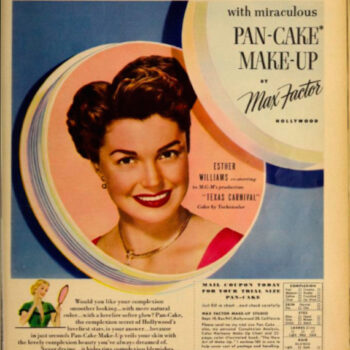
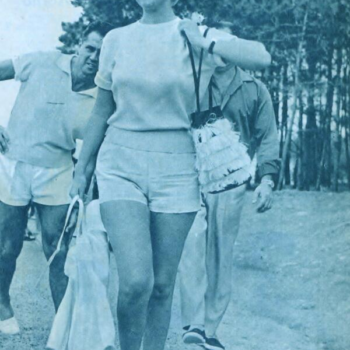
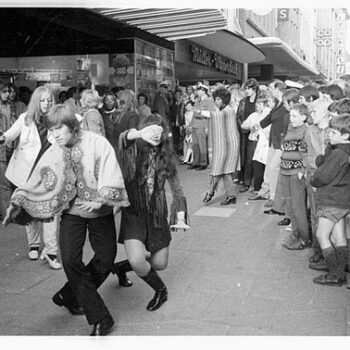
![fashion style icons.Audrey_Hepburn.(https://creativecommons.org/licenses/by-sa/4.0)], via Wikimedia Commons](https://www.blue17.co.uk/wp-content/uploads/2017/04/570px-Audrey_Hepburn_auf_dem_Bürgenstock_09-350x350.jpg)
